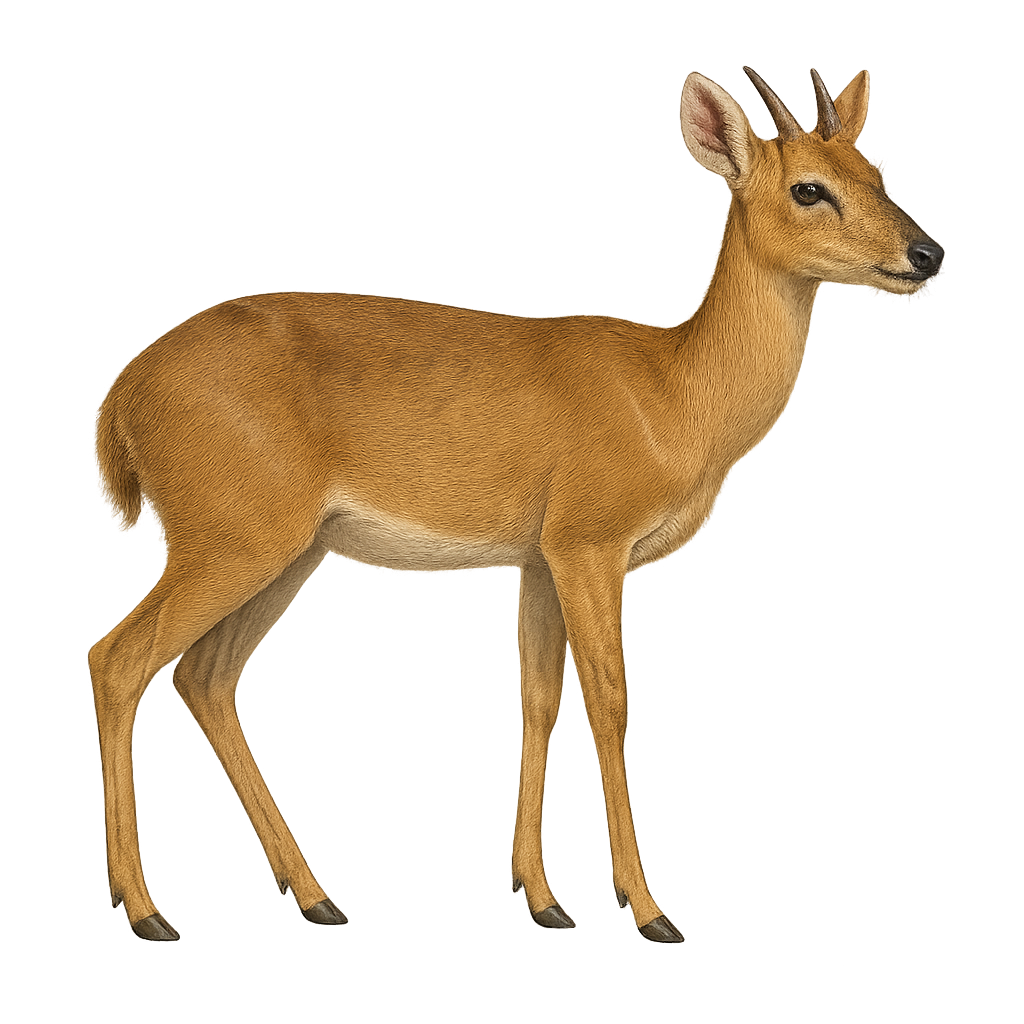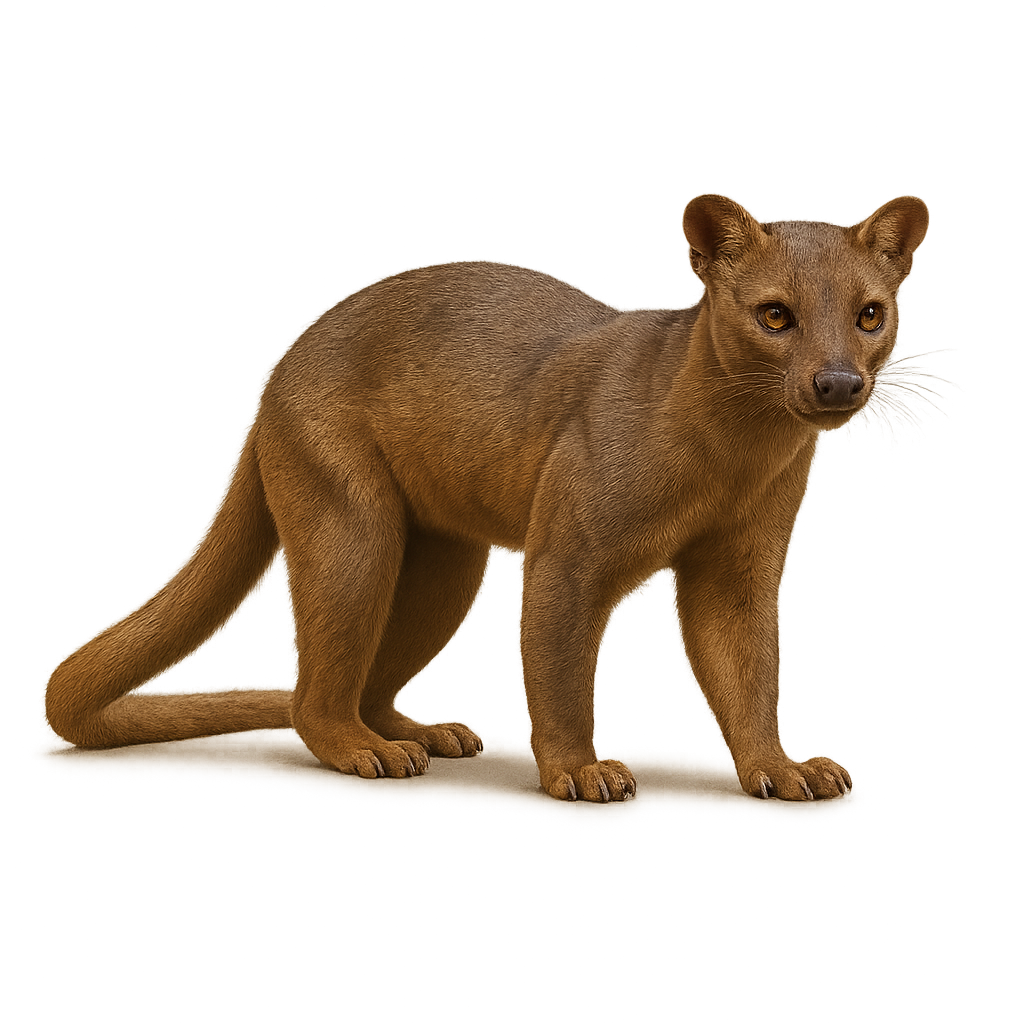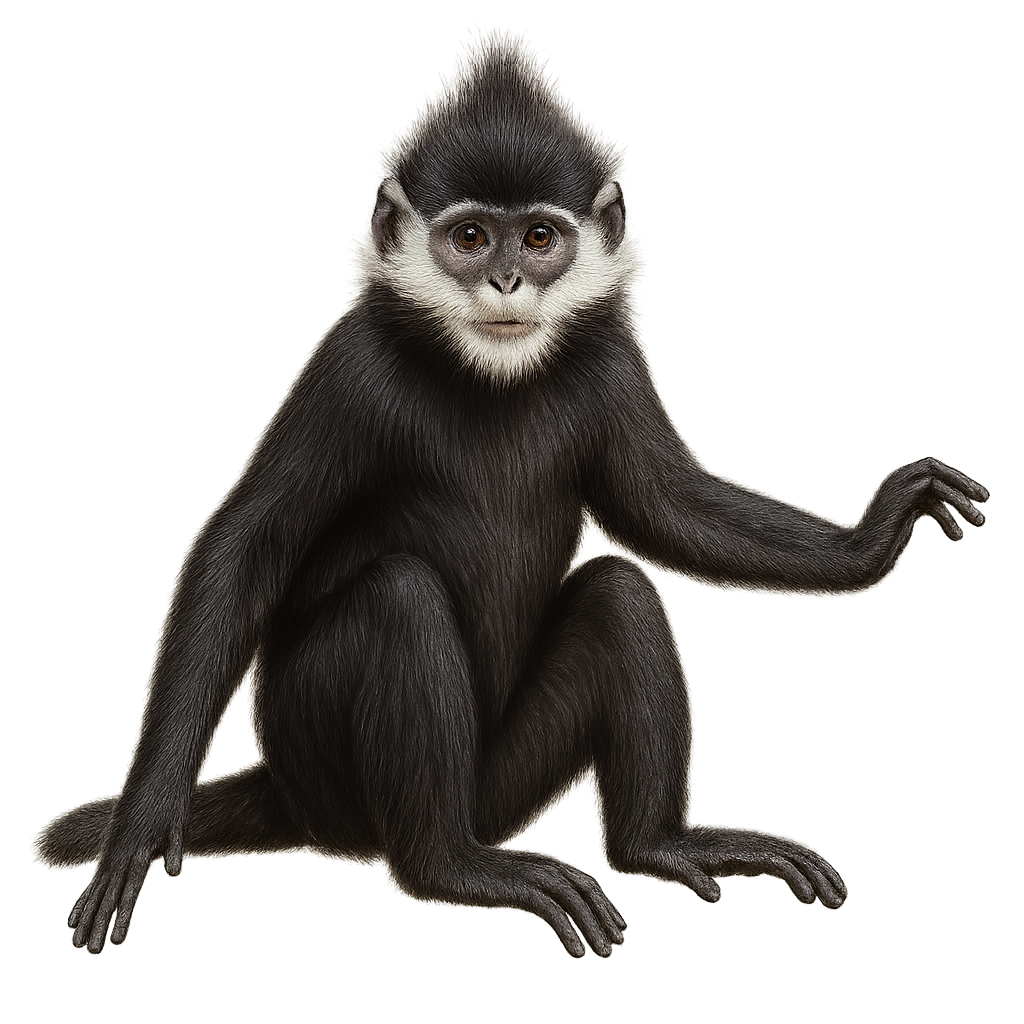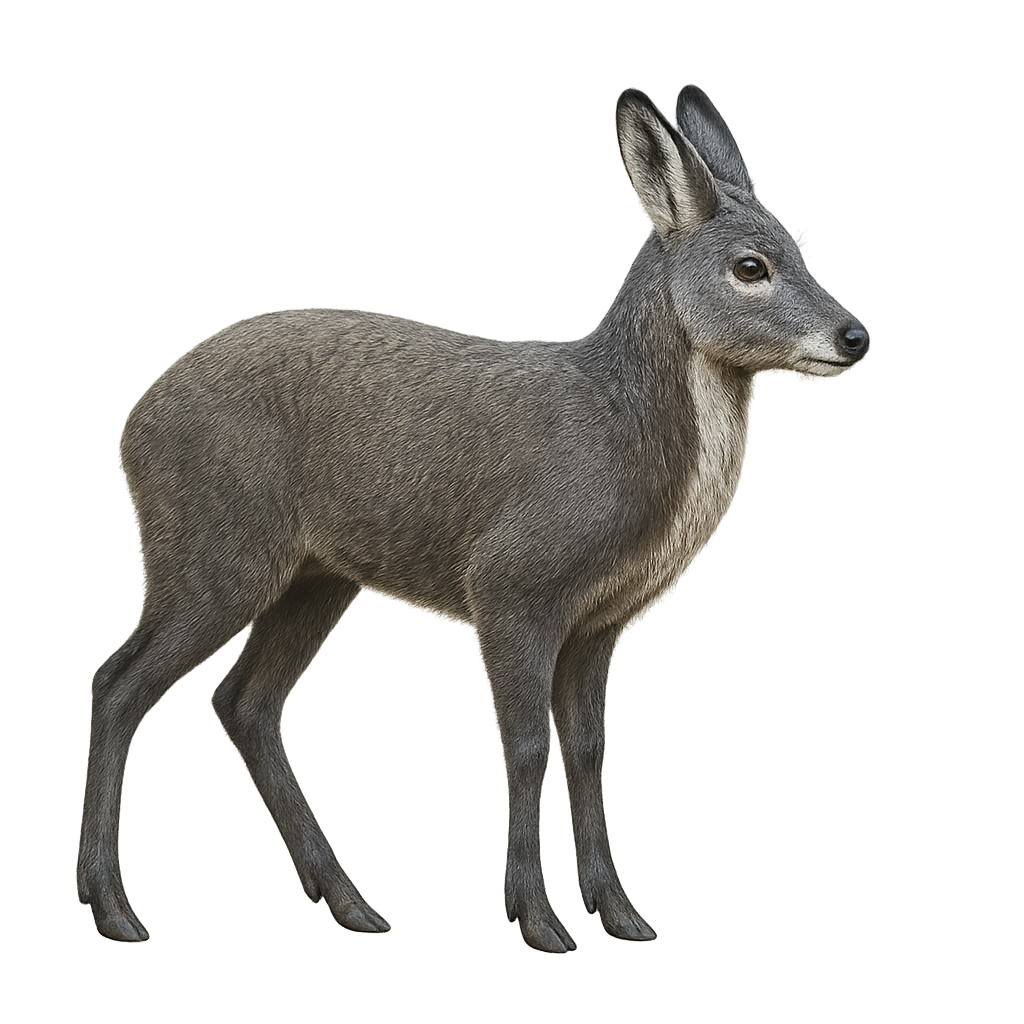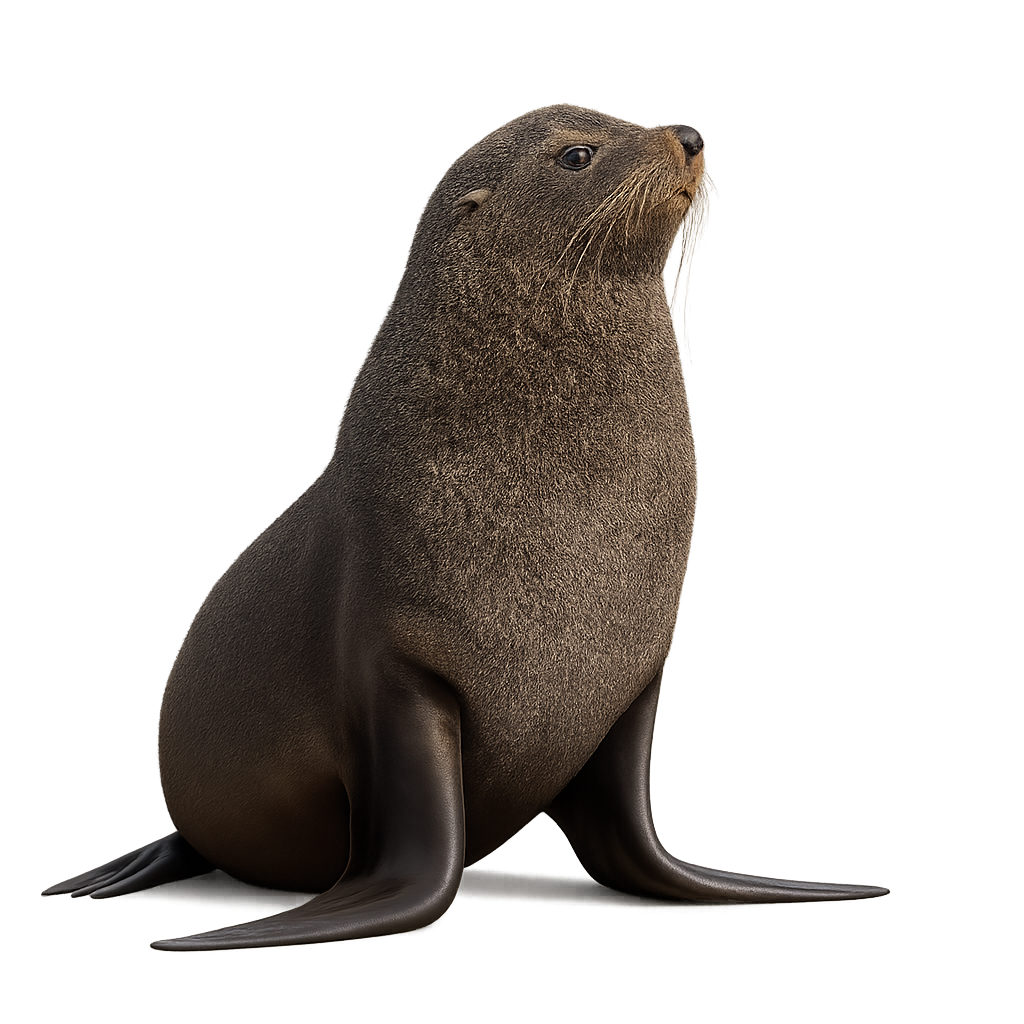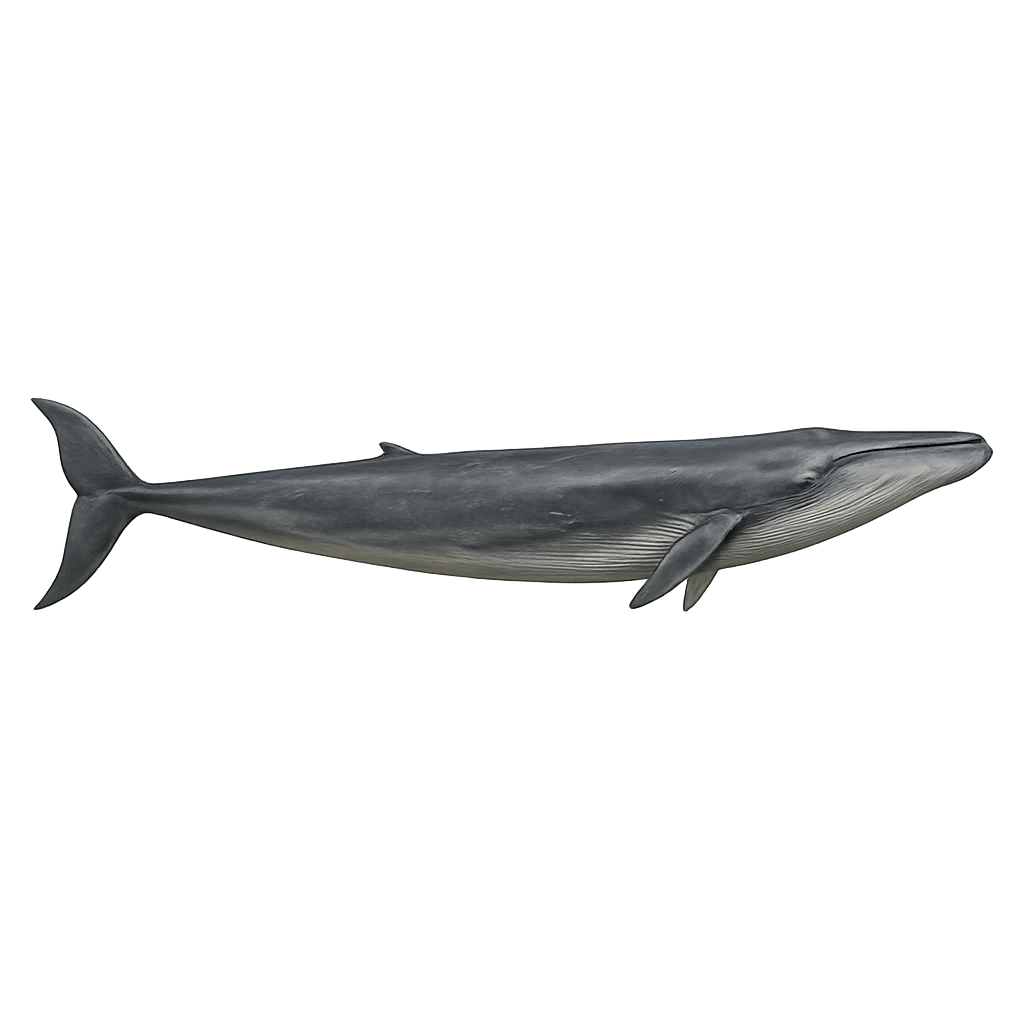Your wildlife tracking tool..
Browse 2,846species by country, track observations, and plan your photo outings.
Your global reference for wildlife photography
WildlifePhotographer gives you access to over 2,846 wildlife species sheets to help you identify, understand, and photograph wildlife around the world. Mammals, birds, reptiles… each sheet provides key information: habitat, activity, life cycle, signs of presence, and tailored photo tips.
Our database grows every week with new iconic species. To go further, access maps, reminders, logs, and personalized statistics in the app — designed to meet the real needs of wildlife photographers in the field.
Four-horned antelope
Tetracerus quadricornis
The four-horned antelope, or Tetracerus quadricornis, is a unique small ruminant, primarily due to its distinctive four horns. Native to the Indian subcontinent, this species prefers dry forests and scrublands where it can blend into the landscape to escape predators. It stands about 55 to 64 cm at the shoulder and weighs between 17 and 22 kg. Its coat ranges from light to dark brown, with a lighter belly. Males sport two pairs of horns, the longest reaching up to 12 cm. The four-horned antelope is a solitary animal, except during the breeding season. It is primarily herbivorous, feeding on leaves, fruits, and young shoots.
Fishing cat
Prionailurus viverrinus
The fishing cat, or Prionailurus viverrinus, is a medium-sized feline primarily found in South and Southeast Asia. It is well adapted to aquatic life, with partially webbed feet that allow it to swim efficiently. Its coat is grayish with dark spots, providing excellent camouflage in marshy habitats. The fishing cat is an opportunistic predator, feeding mainly on fish, but also on small mammals, birds, and insects. Unfortunately, it is threatened by habitat loss due to human expansion and wetland pollution. Its population is declining, making it a vulnerable species according to the IUCN.
Fallow Deer
Dama dama
The Fallow Deer, also known by the scientific name Dama dama, is a medium-sized cervid native to Europe and Asia Minor. It stands between 90 and 120 cm tall at the withers and can weigh between 30 and 100 kg, depending on sex and environment. Its coat, usually brown or gray, is spotted with white during the summer season, helping it blend into its forest habitat. The Fallow Deer primarily inhabits forests and woodlands, where it feeds on a variety of vegetation, including grasses, leaves, fruits, and bark. It is also known for its habit of moving in herds, often forming separate groups of males or females. The Fallow Deer is a ruminant herbivore that is primarily active at dawn and dusk. Although it is mostly sedentary, it can travel long distances in search of food or new habitats. During the breeding season, males fight for females, producing characteristic sounds such as roars. This species is listed as of least concern, but it can be threatened by habitat loss and excessive hunting.
Fennec Fox
Vulpes zerda
The Fennec is a small fox, easily recognized by its large ears, which can measure up to 15 cm long, nearly a third of its body size. It measures about 24 to 41 cm in length, with a tail measuring 18 to 30 cm, and weighs between 0.8 and 1.5 kg. Its fur is light beige to sandy, allowing it to blend perfectly into its desert environment. The large ears of the Fennec are not only a distinctive feature but also play a crucial role in regulating its body temperature by dissipating excess heat. The Fennec primarily inhabits the deserts and semi-desert regions of North Africa, especially the Sahara. It is a nocturnal animal, hunting primarily at night to avoid the intense heat of the day. Its diet is omnivorous, consisting of small mammals, insects, fruits, and roots. Thanks to its digging skills, it is able to find water beneath the sand, allowing it to survive in an environment where water is scarce. While the Fennec is not currently threatened, it may face risks related to habitat destruction and illegal capture for the pet trade.
Fossa
Cryptoprocta ferox
The Fossa is a carnivorous predator endemic to Madagascar, a unique mix between a feline and a mongoose, with a sleek body and a long tail. It is the largest land predator on the island, primarily feeding on lemurs, but also small mammals, birds, and reptiles. The Fossa is particularly agile and capable of climbing, but it often prefers to hunt its prey on the ground. Although secretive and difficult to observe, it plays an important role in the ecosystem of Madagascar. The Fossa is endangered due to the loss of its natural habitat.
François' Langur
Trachypithecus francoisi
The François' Langur, or Trachypithecus francoisi, is an arboreal primate native to the subtropical forests of Southeast Asia, particularly in Vietnam, China, and Laos. This monkey is easily recognizable by its shiny black fur contrasted by a distinctive white band extending from each side of its face. François' langurs live in social groups led by a dominant male and several females. They primarily feed on leaves, fruits, and flowers, making them dependent on dense forests for their diet. Unfortunately, this species is threatened by deforestation and hunting, leading to a significant decline in its population.
Forest Musk Deer
Moschus berezovskii
The forest musk deer, or Moschus berezovskii, is a small deer native to the mountainous forests of China and Vietnam. This mammal is particularly known for its musk gland, used in perfumery. It is characterized by its small size, long slender legs, and prominent canines in males. Its thick brown fur allows it to camouflage effectively in its natural habitat. Primarily nocturnal, it feeds on leaves, grasses, and lichens. Although discreet, it plays a crucial role in its ecosystem by participating in seed dispersal. Unfortunately, it is threatened by illegal hunting and habitat destruction, leading to a decline in its population.
Fur seal
Arctocephalus
The Fur Seal, also known as the hair seal, is a marine mammal primarily found along the coasts of the Southern Hemisphere, particularly in Australia, South Africa, and subantarctic islands. It measures between 1.5 and 2.5 meters in length and weighs between 200 and 350 kg. Its dense and waterproof fur, which gives it its name, consists of short, soft hairs covering a layer of subcutaneous fat that insulates it from the cold. The Fur Seal is an excellent swimmer, capable of diving to significant depths to feed on fish, cephalopods, and crustaceans. It lives in colonies, forming strong social groups, especially during the breeding season. While the population of fur seals remains relatively stable, this species is threatened by hunting, habitat loss, and ocean pollution.
Fin whale
Balaenoptera physalus
The Fin whale, also known as the Minke whale, is one of the largest whale species, reaching lengths of up to 18 meters and weighing 70 tons. It primarily feeds on krill and small fish, capturing them by filtering water. This migratory whale travels long distances between breeding and feeding areas and is found in all oceans worldwide. While the Fin whale is a protected species, it is still threatened by pollution, ship strikes, and illegal whaling.


